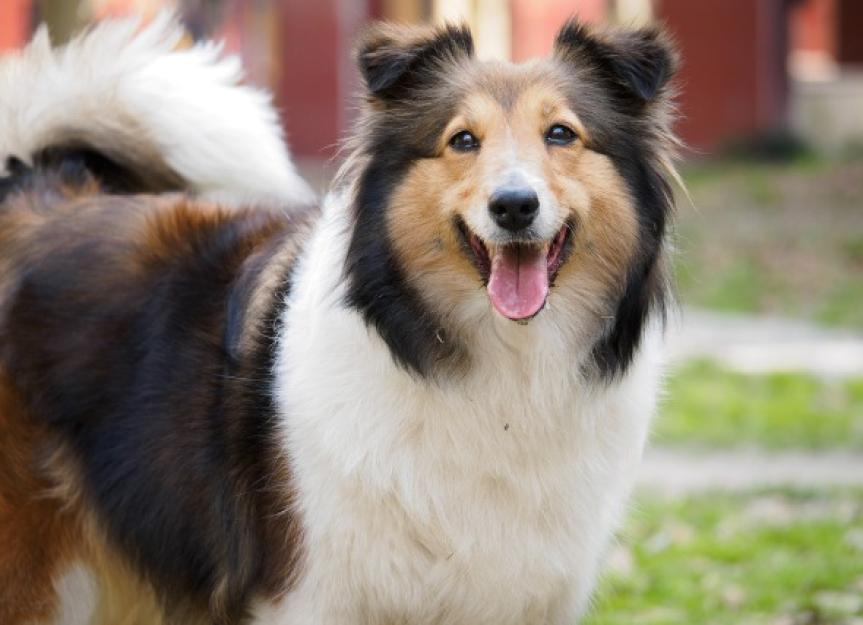Hemorrhage of the Lung in Dogs
Pulmonary Contusions in Dogs
Pulmonary contusion, or a hemorrhage of the lung, occurs when the dog's lung is torn and/or crushed during direct trauma to the chest, thus impeding the dog's ability to breath and pass arterial blood to a capillary bed in synchrony. Dogs suffering from capillary damage may also develop pulmonary fluid in the lungs, as well as hemorrhage.
Pulmonary contusion occurs in both dogs and cats and there is no specific breed, age, or gender predilection. If you would like to learn more about how this disease affects cats, please visitthis pagein thePetMDhealth library.
Symptoms and Types
- Tachypnea
- Coughing up of blood or blood-tinged fluid
- Respiratory distress, or abnormal respiratory effort after a blunt trauma to the chest
- Cyanotic (blue-tinged) or pale mucous membranes
Causes
- 腹部钝伤
- Motor vehicle accidents
- Fall from a great height
- Physical abuse (i.e., beating)
- Coagulopathy (coagulation/clotting disorder)
Diagnosis
You will need to give a thorough history of your dog's health, onset of symptoms, and possible incidents that might have precipitated/preceded this condition. Your veterinarian will then perform a thorough physical exam on your dog, including blood tests, a urinalysis, and chest X-rays. If there are rib fractures, for example, they will show up on X-ray.
He or she will also perform coagulation (clotting) tests, and may culture cells from the trachea.
Treatment
Your pet will probably need to be hospitalized so that respiratory function can be supported, and the cardiovascular system can be stabilized. A hospital stay may be recommended so that the dog may be resuscitated quickly if complications should arise.
Your veterinarian will want to look at other organ systems to be sure there are no other internal injuries. Activity will be restricted for a time, and respiratory functions will be carefully monitored for 24 hours after the trauma.
If shock sets in, it may be necessary to administer fluids intravenously to support the dog's cardiovascular function, and in some cases, blood plasma transfusion might also be called for.
Nutritional support will be given by intravenous fluid, if necessary. Prescribed medications, meanwhile, will ultimately depend on the underlying cause of the symptoms.
Living and Management
Initially, your veterinarian will want to frequently monitor respiratory rate and effort, mucous membrane color, heart rate, pulse quality, and lung sounds. There may also be a need for further blood tests and urinalyses, to monitor your dog’s systemic reaction to the trauma.
Help us make PetMD better
Was this article helpful?
